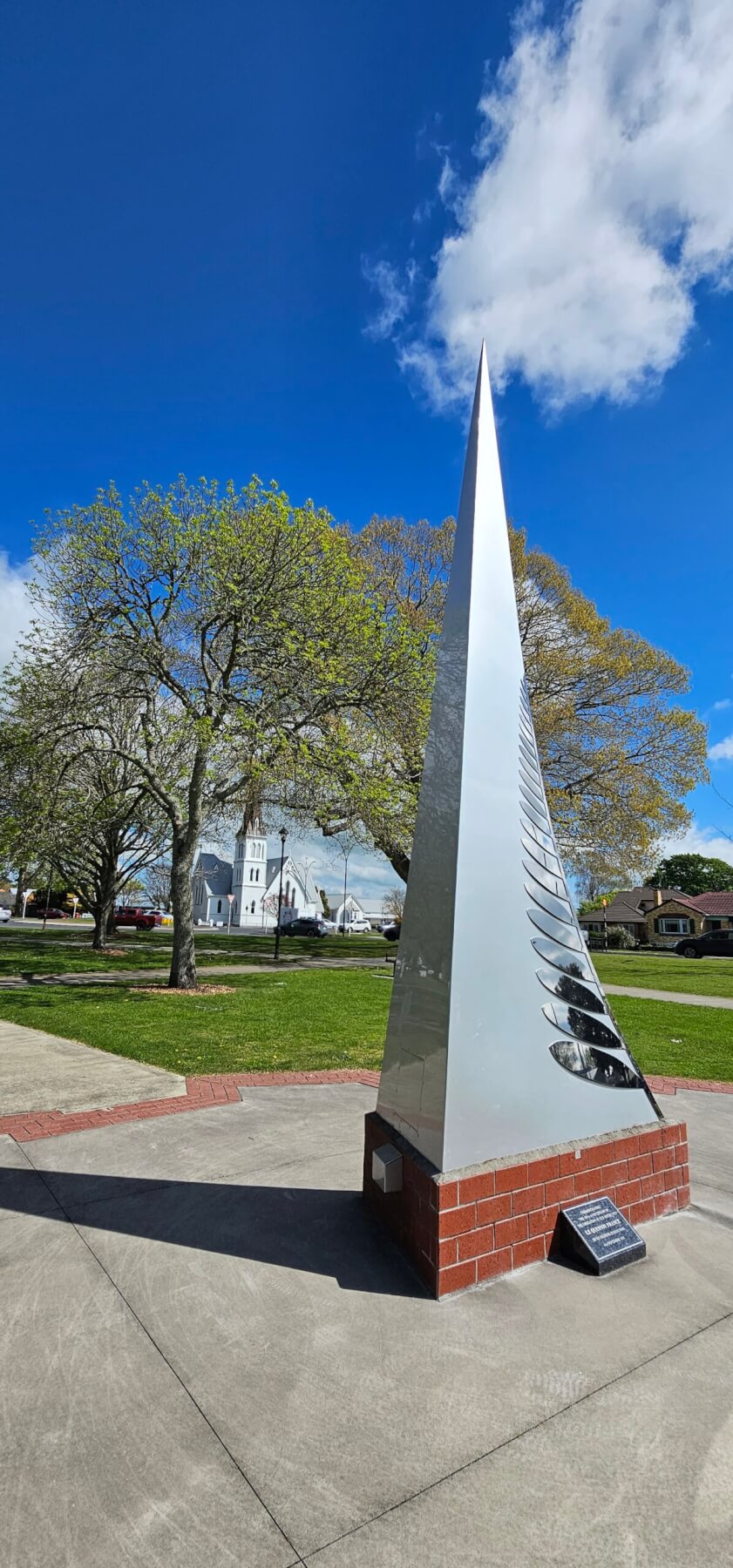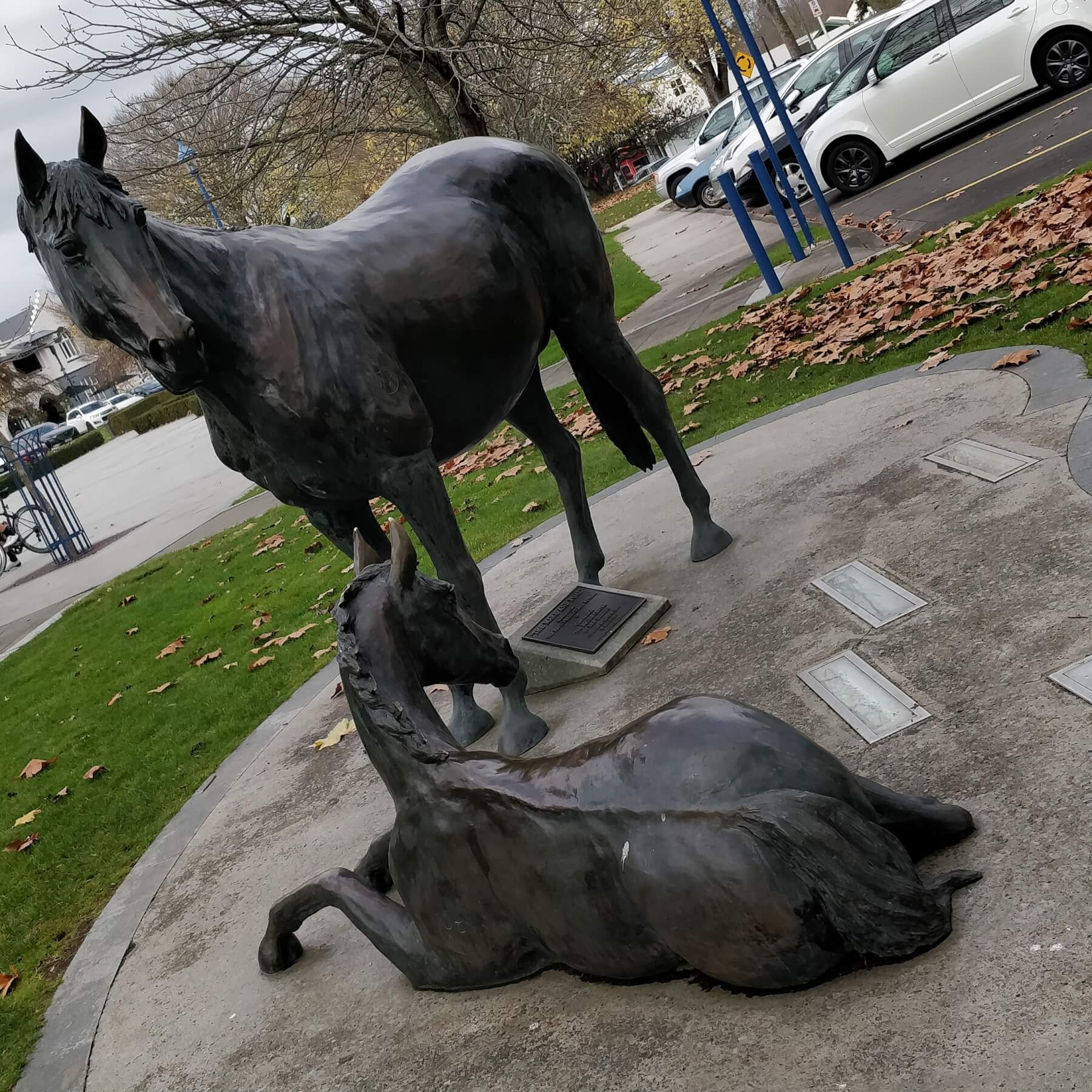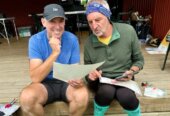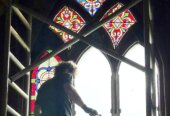Waipā District Council museums and heritage director Anne Blyth says the new digital library of Waipā’s art is an accessible way of looking at our past.
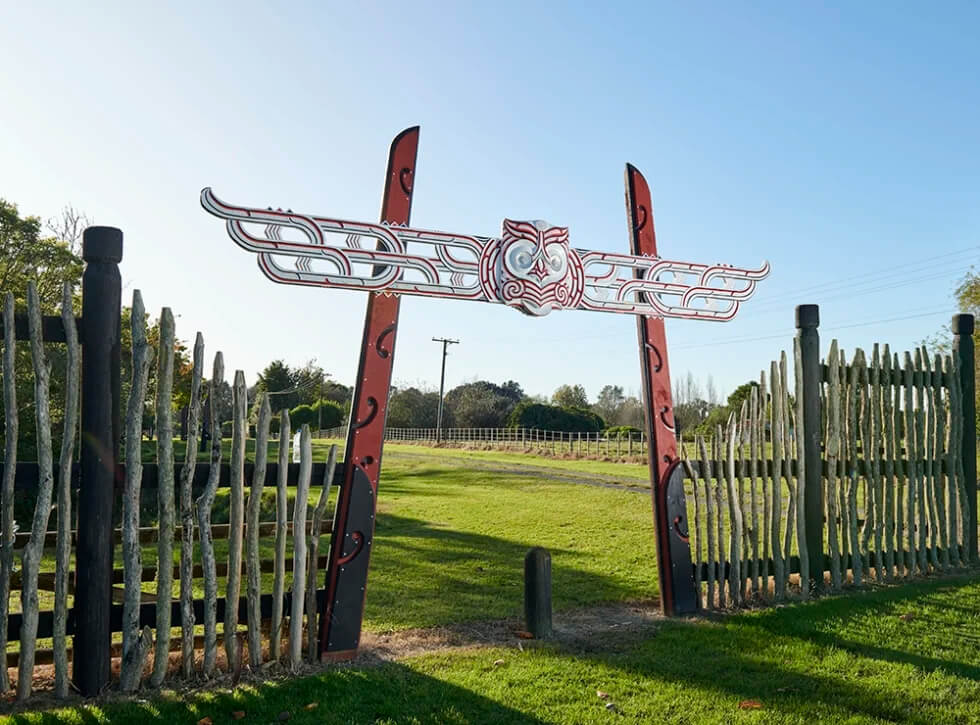
Te Mātakitaki i ngā Patupaiarehe o runga o Pirongia, by James Webster. Photo: Waipā District Council
There are nearly 100 pieces of art in the care of the council but not all of them can be displayed at once.
A budget was allocated to manage the collection as part of the council’s 2021-2031 Long Term Plan,
The collection of both indoor and outdoor artworks, including murals, carvings, mosaics, weaves, paintings, sculptures and photographs, have been donated or commissioned in the last 80 years.
Some of the art has been gifted by local iwi and other pieces have come from Waipā and international artists.
Out of the 70 indoor artworks, 25 are on display in Waipā District Council buildings, but all of them are now available to view online.
“Because we’re not able to display all our collection at one time. We wanted to make it more accessible to the community,” Blyth says.
“Having it displayed digitally means that it’s available at any time for the community to have a look at it.”
Blyth says art is a wonderful way to provide a visual representation of our historical past.
An example of this is a reproduction print of a hand-drawn sketch by Gustavus von Tempsky.
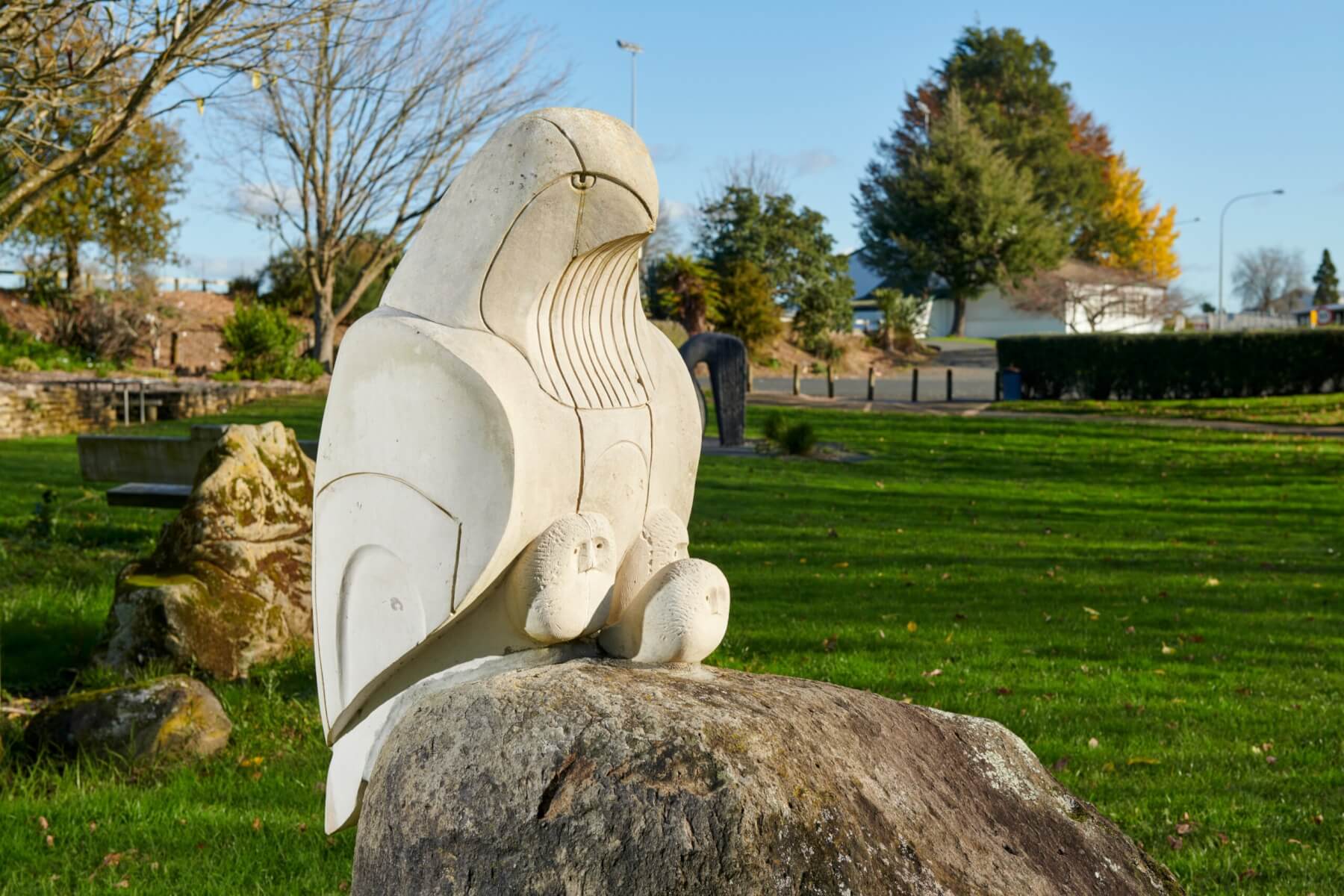
‘Nurturing’ sculpture by Fred Graham, located at Sculpture Park, Te Awamutu. Photo: Waipā District Council
According to the website, von Tempsky was a member of the volunteer Forest Rangers in New Zealand during the New Zealand Land Wars in 1863.
Von Tempsky was an amateur watercolourist who painted landscapes and the military campaign.
The sketch in the council collection is a view of the Cambridge settlement during 1863.
“It’s quite an important view to see. It shows how Cambridge looked back then and how it has changed over time,” she says.
“Art can provide a representation of a historical event, or a landscape in the case of the von Tempsky, and how things have changed.
“It can depict people in cultural practices, and it can give us a deeper understanding of our past.
“A picture paints a thousand words.”
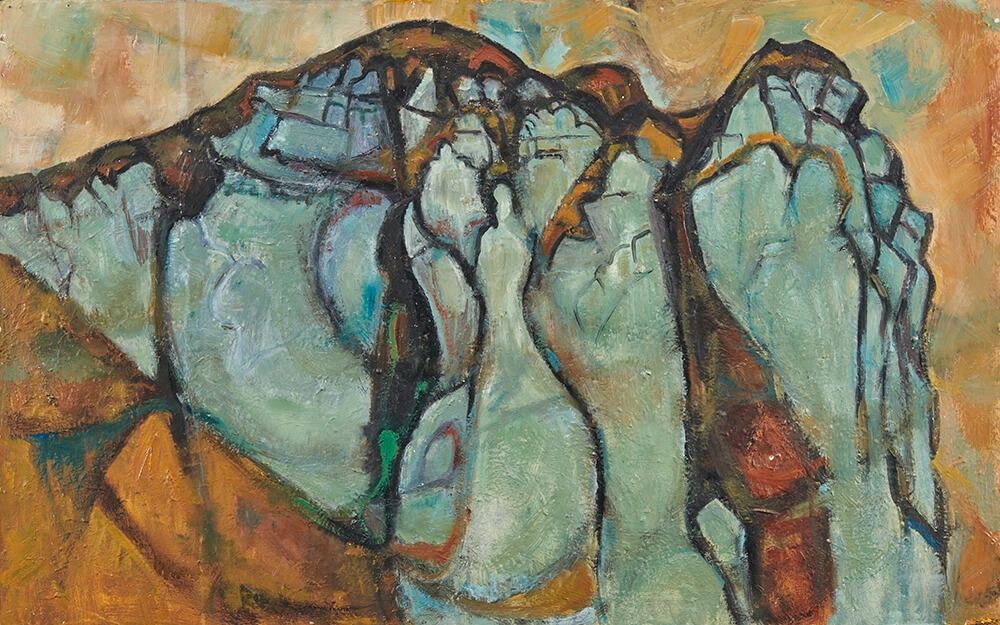
Arapuni Cliff Face painted by J. Page. Little is known about this piece. Photo: Waipā District Council
Some of the collection, particularly watercolour paintings, are sensitive to light.
“The collection is not able to be out on display all at the same time, for various reasons. So, it’s a way that the community can interact with it,” Blyth says.
“We have some pieces in storage at the moment because they are resting. They need to rest without being exposed to light.
“Otherwise, they’ll just fade and once they fade, you can’t reverse that process.
“It’s about looking after those artworks and making sure that they’re in the right place.”
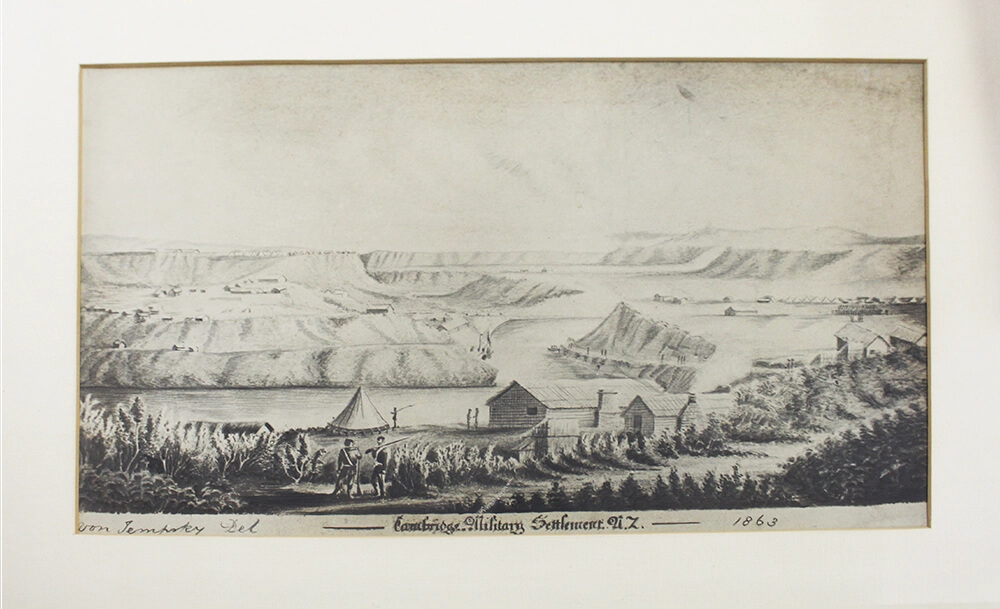
Reproduction print of the military settlement in Cambridge, hand-drawn sketch by Gustavus von Tempsky. Photo: Waipā District Council
The outdoor collection includes five pieces by sculptor Fred Graham (Ngāti Korokī Kahukura, Waikato-Tainui).
Arapuni-born Graham, 96, was recently appointed a Companion of the New Zealand Order of Merit for his services to Māori arts.
Other notable outdoor works include the bronze mare and foal sculpture outside Cambridge Town Hall, pieces in Te Awamutu’s Sculpture Park and pou at Mātakitaki Pā in Pirongia.
“It’s been great to make these artworks available digitally. The images on the website are crisp and clear,” Blyth says.
“It’s a great way of having a look at the art that the council has.”



